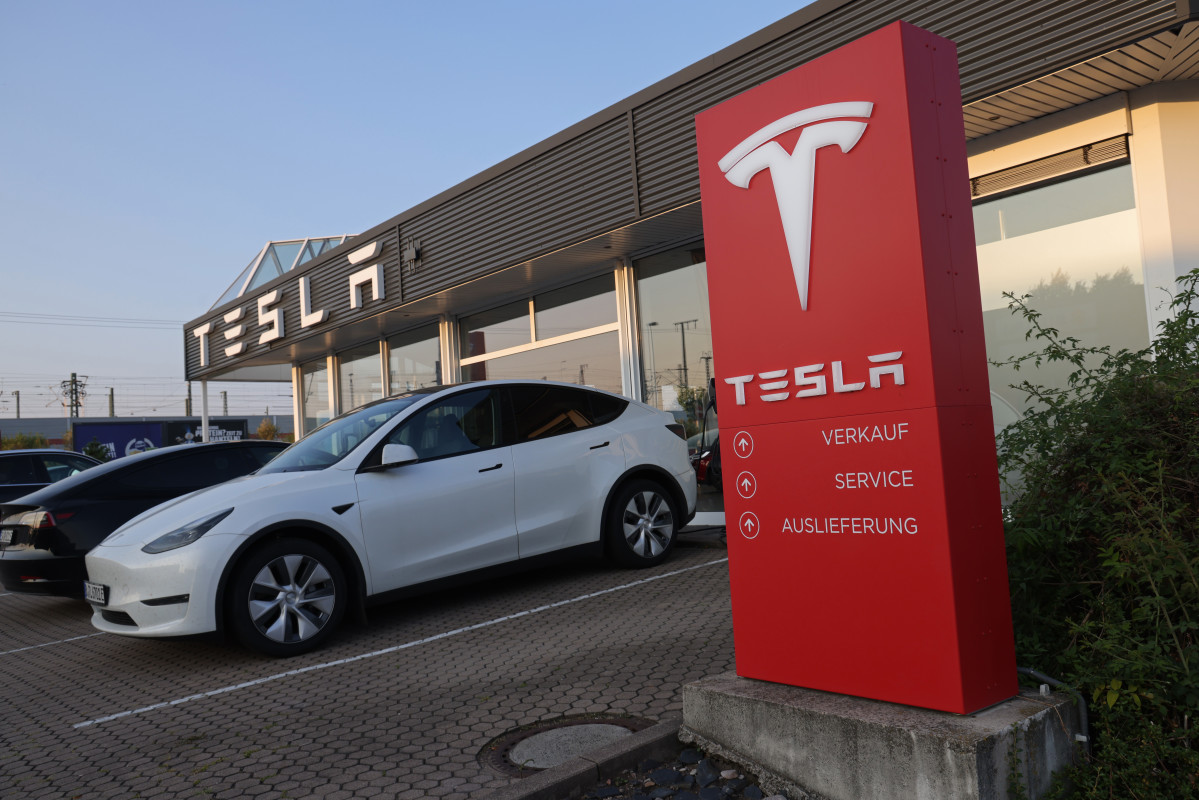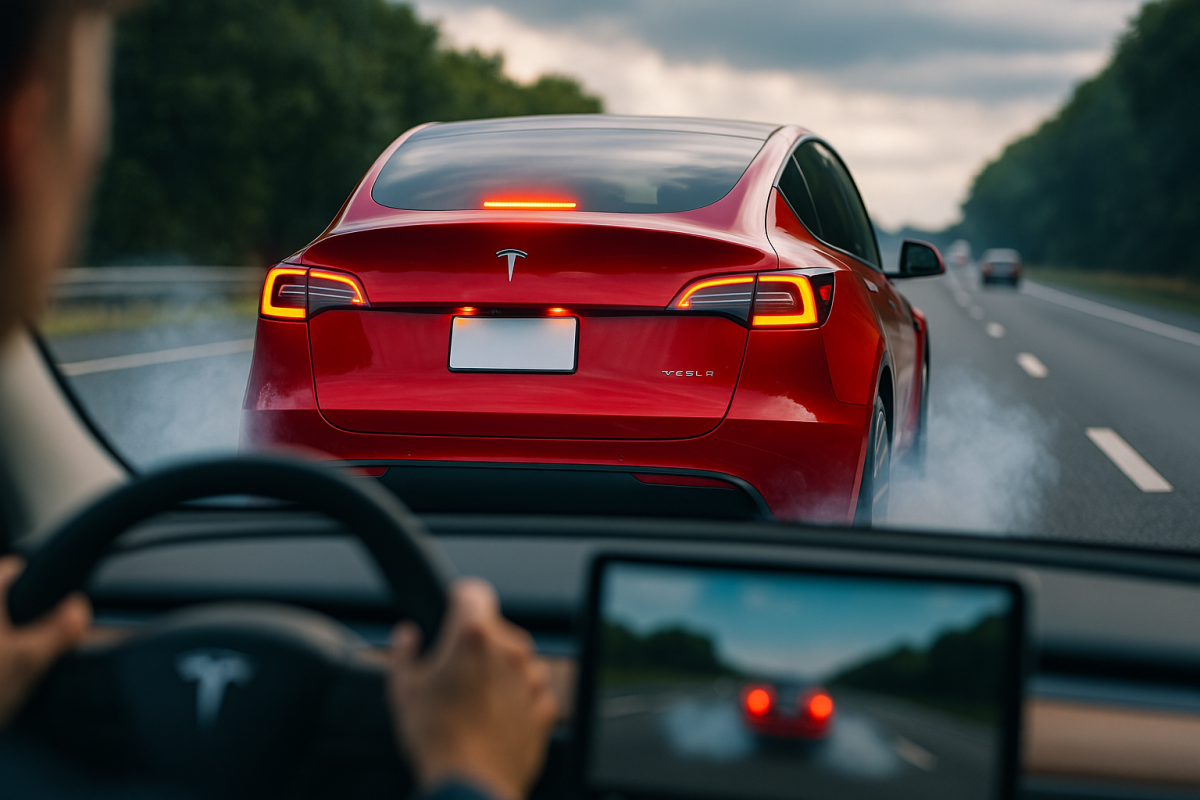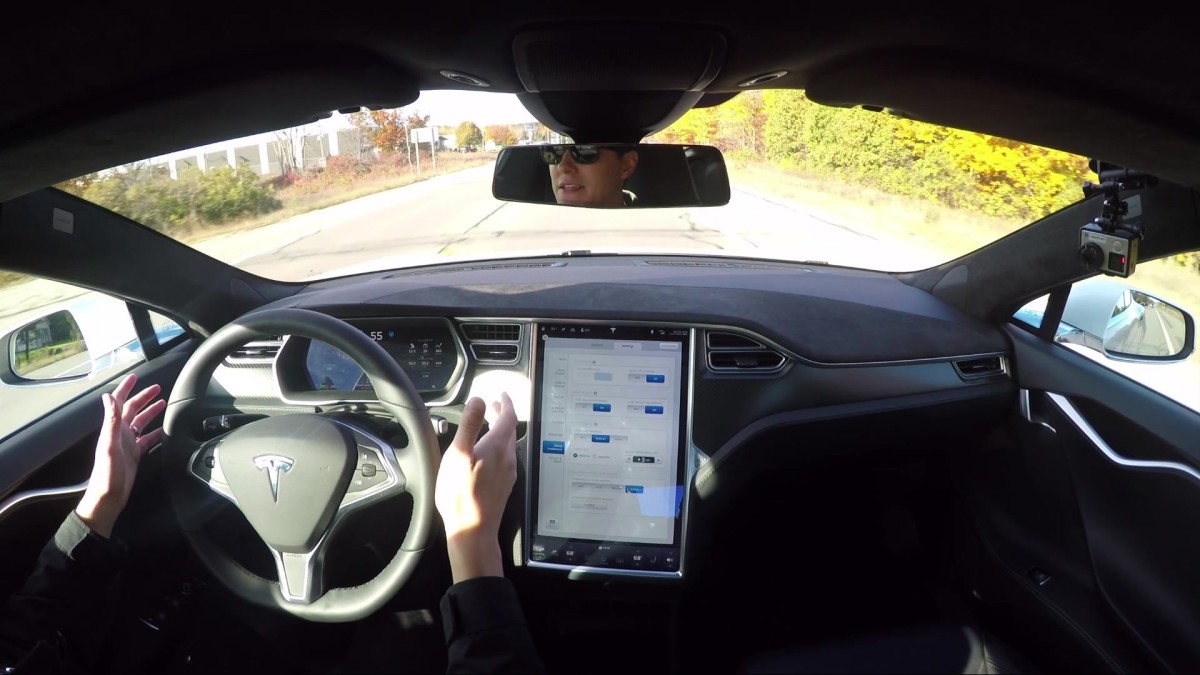A Florida jury’s verdict has upended Tesla’s long-standing defense that Autopilot users alone are responsible for crashes. In the Benavides case, jurors assigned 33% of the blame to Tesla for a 2019 fatal wreck and awarded $243 million to the victim’s family and a survivor. Tesla is expected to appeal, but the ruling cracks open years of litigation over the company’s Level 2 driver-assist systems.
It also lands as the brand faces broader pressure on perception and demand, from a steep brand-loyalty drop after Elon Musk’s Trump endorsement to sliding registrations in key European markets. Those headwinds are detailed in our reporting on loyalty collapsing after the endorsement and weak sales in France, Denmark and Sweden.

What The Florida Jury Decided
For years, Tesla has relied on warnings that drivers must remain attentive, arguing it bears no responsibility if its Advanced Driver-Assistance Systems (ADAS) are misused. In Miami, plaintiffs countered that Autopilot’s marketing and deployment encouraged misuse and that the system didn’t perform as advertised.
Trial transcripts described efforts by the plaintiffs to obtain critical Autopilot data; with the case concluded, evidence is slated to become public (with some redactions), a development likely to ripple into dozens of other suits. The verdict doesn’t resolve every legal question around Autopilot, but it pierced Tesla’s core argument for the first time at trial and arrives as rivals sharpen their pitches—BMW’s next-gen i3, for instance, is positioning squarely against Tesla’s volume models.

Round Two: Maldonado v. Tesla
Lead attorney Brett Schreiber, who won the Florida case, says he’ll try Maldonado v. Tesla in California’s Alameda County Superior Court by year’s end. That 2019 crash occurred on the highway, where Autopilot is intended to operate; a Tesla allegedly failed to stop for a pickup ahead, killing 15-year-old Jovani Maldonado, who was riding as a passenger while his father drove home from a soccer game.
Schreiber contends this is a “stronger” Autopilot-defect theory than in Florida and says he has deposition testimony from past Autopilot leaders Sterling Anderson, CJ Moore and Andrej Karpathy that, he claims, contradicts Musk’s public statements about system capabilities at the time. Once those transcripts enter the record, they could influence parallel cases across the country.

AOL On
Why This Matters Now
Many Autopilot and Full Self-Driving (FSD) crashes from 2018–2019 are only now reaching trial or settlement. Since then, Tesla’s fleet size and miles driven on ADAS have surged, and legal exposure is likely to grow alongside it. The litigation front also intersects with Tesla’s business trajectory: European registrations have declined for seven straight months in several markets, and U.S. owner loyalty fell below the industry average before partially rebounding—trends that heighten the stakes of any courtroom narrative about safety and system performance.
At the same time, competitors are preparing fresh EV platforms and software stacks—BMW’s upcoming Neue Klasse i3 among them—that aim to challenge Tesla’s technology leadership directly.
Tesla’s Position
Tesla says Autopilot and FSD are SAE Level 2 systems that require an attentive driver at all times and do not make the vehicle autonomous. The company typically cites data suggesting improved safety with its features engaged and points to in-car warnings and operating-domain constraints.
The Florida verdict shows juries are now wrestling with whether marketing and real-world performance align with those caveats. The answer in upcoming trials could shape not only Tesla’s legal exposure but broader norms for how advanced driver assistance is described and deployed.


